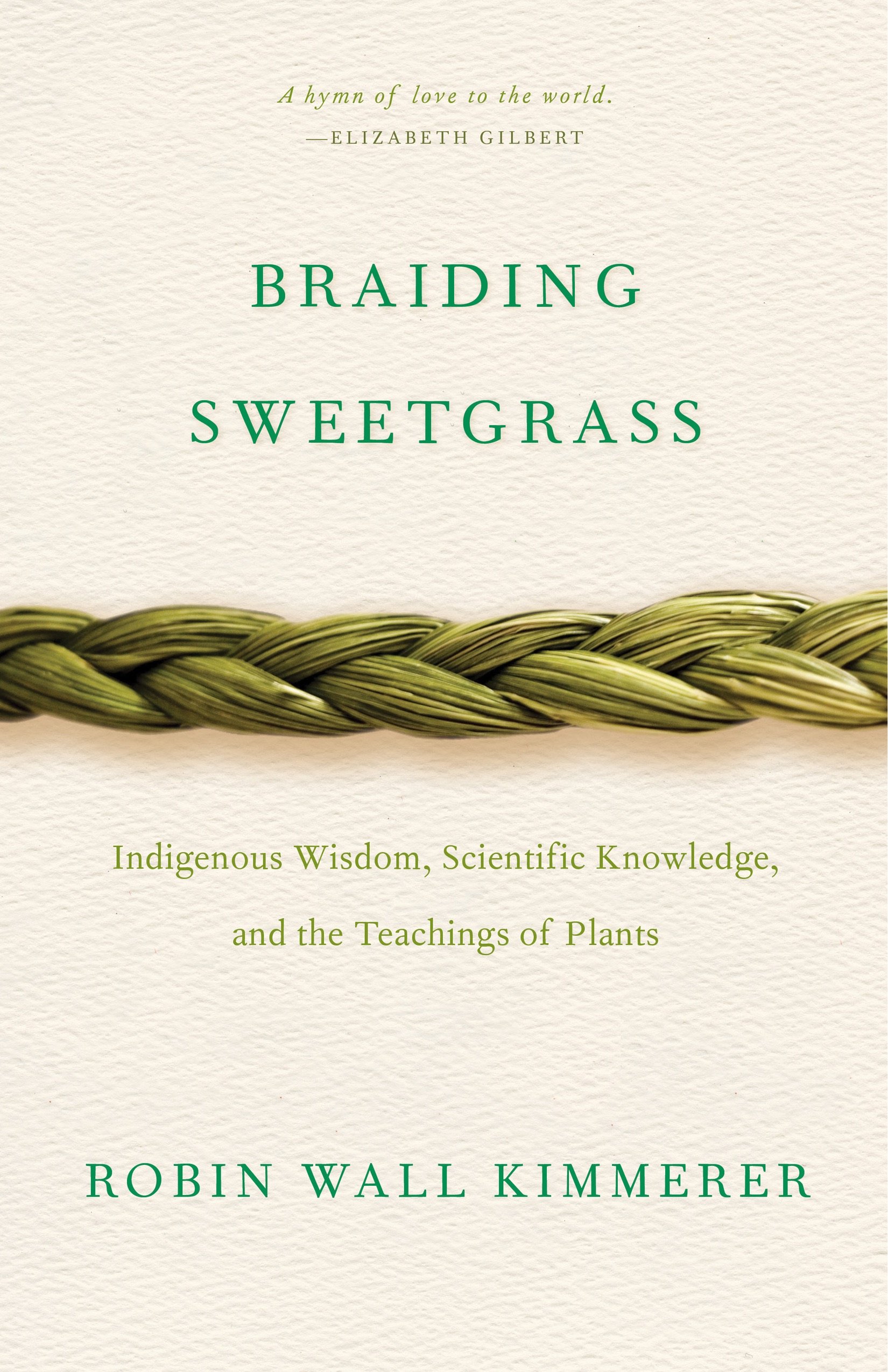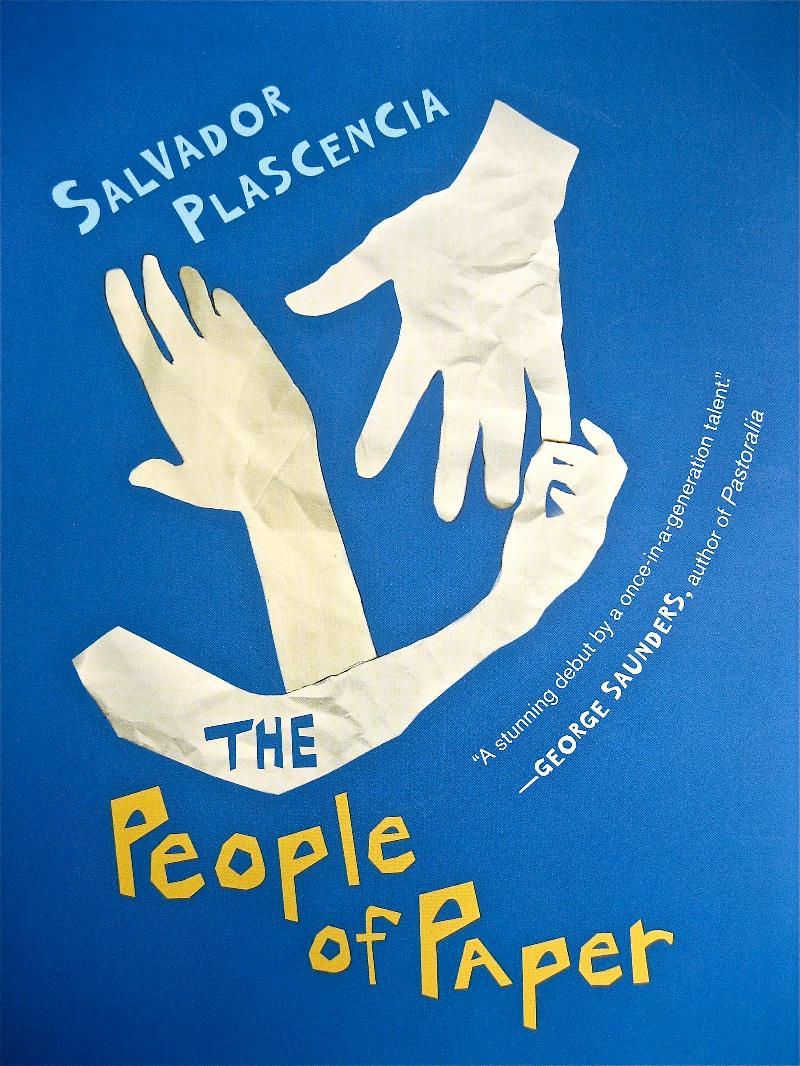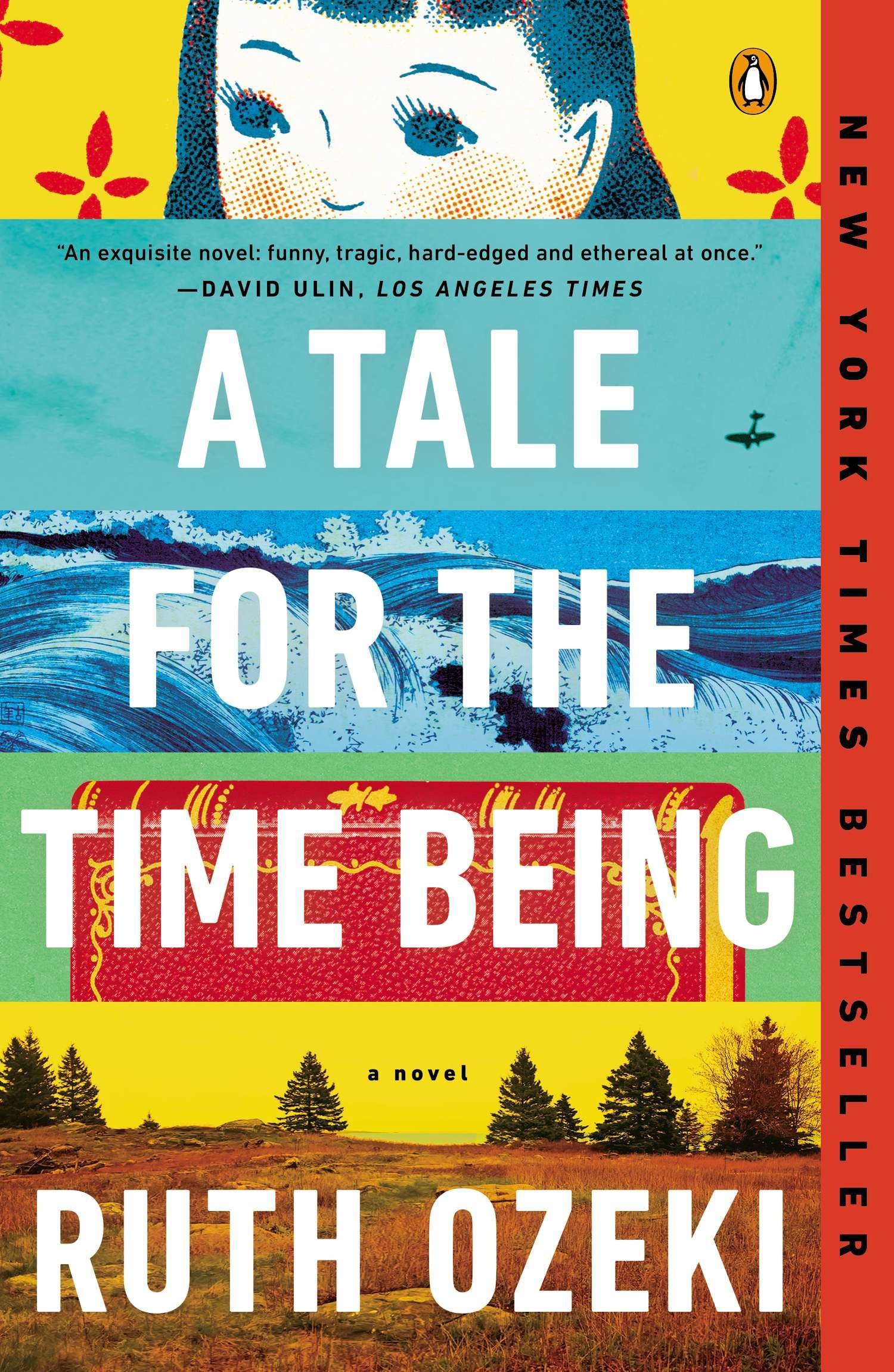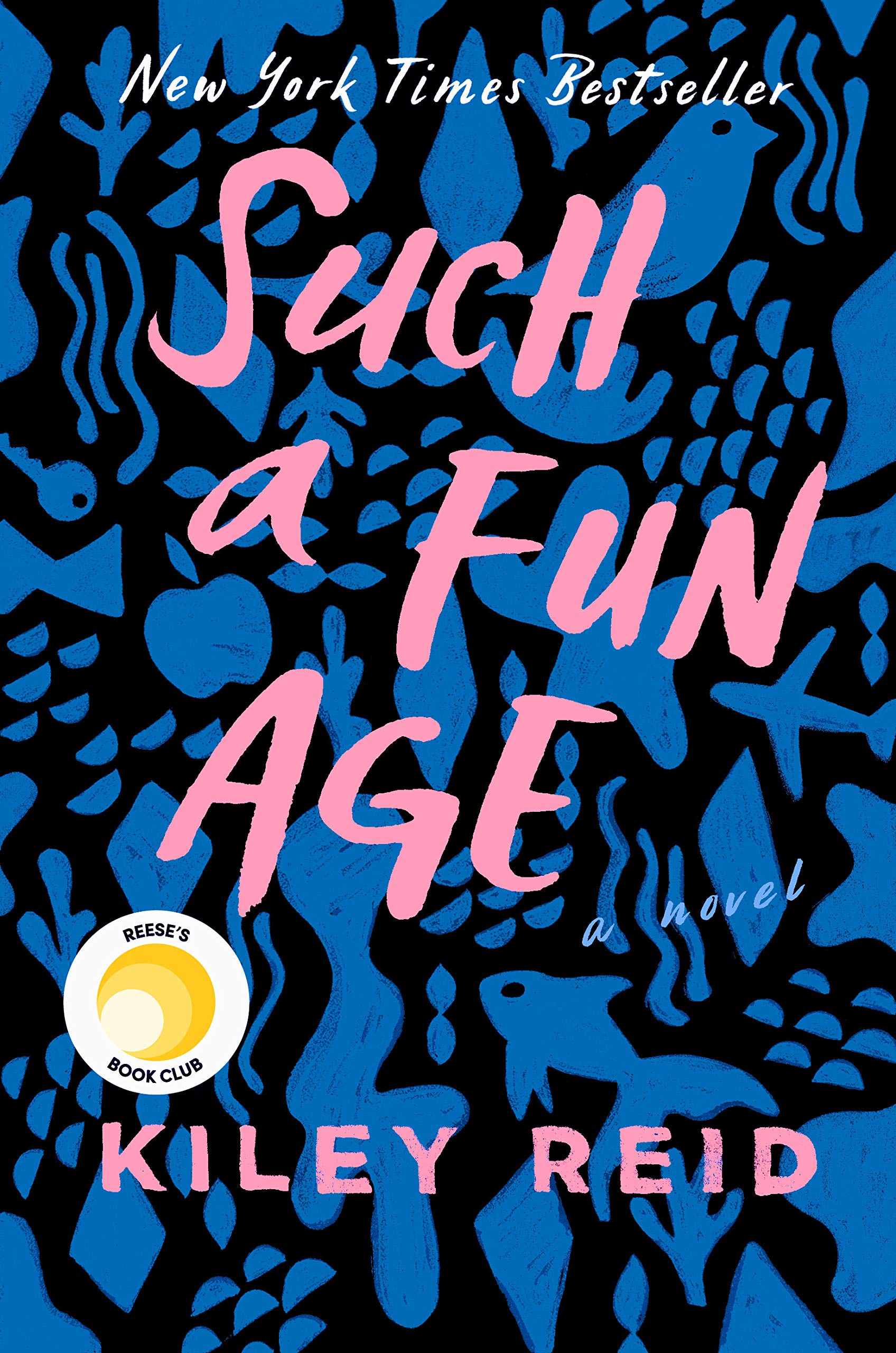They’re throwing phrases around like “light at the end of the tunnel” and “new year, new beginnings” and “Vaccines! Vaccines! Vaccines!” 2020 was so off-script that feeling hopeful now feels like a trap. But hope is powerful. It is relentless and it never left us in this dumpster fire of a year. For readers, writers and creatives, our hope came from books. And so we thought it would be a great idea to share some that gave us the courage to put our masks on and not walk out that door, for days, sometimes months, on end. Confronting uncomfortable truths about ourselves forced us to grow in ways we didn’t know we needed to grow. And books came in handy for all that growth and introspection.
We hope you enjoy our recommendations and walk into 2021 with some kickass new books on your nightstand…
Robin Wall Kimmerer’s “Braiding Sweetgrass” (2015)

A book full of positivity and much needed perspective, Robin Wall Kimmerer’s “Braiding Sweetgrass” saved me and helped me get through the madness of 2020. Especially during lockdown, this book helped me see the outside when stepping out wasn’t much of an option.
Given that Kimmerer’s book shows the world through her eyes as a botanist and through an Indigenous perspective, I found myself nourished by the earth despite being cooped up indoors.
As much as the book teaches lessons of our responsibility to the earth, it also shows us how much the earth loves us back. The stories Kimmerer shares allow us to dive deep into nature from a molecular level, traveling up to the stem, the berry, the flower, the world, and ultimately to a spirituality that encompasses all the beings and our relation to them – all our relations. She helps debunk and demystify what we have been taught and what we have yet to learn.
Kimmerer is the dream guide: she takes us through the world – our world – and makes us see the magic we miss when we aren’t paying attention. The world once seen through her eyes, can never be unseen. It is an awakening and the most soul nourishing read during the dreaded 2020 year. It made me feel fuller. Like a meal. Like a hug. It connected me to the land. The land that provides. The kind that keeps you alive, that sustains you. It is a work of love that shows us that gratitude and responsibility to the land that loves us allows us to love her back.
– Maira Hassan (bio)
Salvador Plascencia’s “The People of Paper” (2006)

2020 has made me feel multiplied. “The People of Paper” by Salvador Plascencia, in all its myriad weirdness was exactly the kind of experimental read I needed this year. While I was also part of the trend of people looking for calming, mindless content to safely escape into and numb the malaise, I got to a point where I was craving a more challenging read and this book found its way into my chapped, sanitizer-stinging hands at just the right moment. This book caught me first with its magical realism and the setting: a town of Mexican flower farmers in Southern California. Page by page, I was enthralled with its inventive structure—as a writer, my perspective on the possibilities of form was wrenched wide open by this read.
Once I realized that the story was about the characters in the novel rebelling against the author, I couldn’t put it down. This metafictional concept, which could fall into the trap of being too cerebral, really got me. Then I got all sentimental. Because life is kind of like having many different authors who are all pushing a story onto you: the broken teen, the spicy Latina, the manic pixie dream girl. Can you imagine being a character in a novel where the narrator is third-person omniscient? I would totally want to start a war against that asshole, too.
This is a polarizing book, and I get why some people hate it. But I adored every dream-like absurd moment of it! It is pure imagination with a side of Latinx sadboy.
– Dora Prieto (Twitter, Instagram)
Ruth Ozeki’s “A Tale for the Time Being” (2013)

Ruth Ozeki’s “A Tale for the Time Being” is the best novel I’ve read this year. Three interwoven tales that effect, illuminate, and bring purpose to each other. The main story is the journal of severely bullied, Tokyo teen Nao during 2001 who wants to chronicle her great grandma’s inspirational life before killing herself. She’s not the only one in her family with suicidal depression though. Her failed businessman and hikikomori (modern recluse) father is yet another person she is close to who hurts her deeply. An ocean away in 2013, a Japanese Canadian woman named Ruth finds Nao’s journal preserved in a tin box, washed up on the shore of remote Whaletown British Columbia. She is desperate to help Nao and is trying to come to peace with her mother’s death, her difficult career as a writer, and the isolating loneliness of living on a tiny island at the behest of her husband. The third and smallest story is composed of confessional letters from war hero Haruki, Nao’s grand uncle, to his mother (Nao’s beloved old Jiko) as he prepares to die a Japanese soldier’s death during the final battles of World War Two.
Vast in its range and emotional depth, this book explores what it means to be a Time Being, connecting Zen Buddhism with quantum mechanics with defiant pacifism with the Pacific theatre during World War II. Each character in this story grapples with existential quandaries that all of us face, but to varying degrees.
How does one hold onto their values and morals, the ideas and character traits that make up their essence in the face of overpowering odds, violence, and a majority of people hell bent on their failure? What happens when that majority is everyone, including authority figures like the teachers in your, school, the business you work for or even your entire government and nation? Conversely, what happens when the odds against you are distance and isolation, not people but the lack of them?
This book made me cry more than once, and I am grateful for those tears, and even more thankful for the hope that came afterwards. The journal sections of Nao were my favourite, as Ozeki realized her voice to the fullest, capturing the urgency, youth, intensity and awkward goofiness of Nao while slipping in many profound observations. Ozeki’s supapowa is definitely writing!
– Léa Taranto (Twitter)
Ann Hui’s “Chop Suey Nation: The Legion Cafe and Other Stories from Canada’s Chinese Restaurants” (2019)

In “Chop Suey Nation,” Ann Hui tells us her journey through Canada to better understand Canadian-Chinese cuisine. Why is it so different from traditional Chinese food? What is “ginger beef” and why is it everywhere in Alberta? Through food, she shares stories of Chinese immigration and community-
building in Canada. She also shares her personal story and discoveries about her own parents’ life.
When the COVID-19 pandemic spread to Canada in March, my Chinese heritage felt difficult. Attacks on Asian-Canadians increased almost 9x in Vancouver and even now, at the close of 2020, the American president is still tweeting “the Chinese virus.” It is depressing to know that it does not matter how long my family lives here, many people will never view me as Canadian.
During my gloomy times, I thought back on “Chop Suey Nation”. Hui’s dad immigrated to Canada as a young man from a poor background in rural China. He loved Canada and Pierre Trudeau, the prime minister who opened up immigration from China. He wore a maple leaf pin on his hat. Hui described him as the most patriotic person she knew.
Her storytelling is beautiful. I believe few people could read her book and conclude, “They don’t belong here.” She shows that Chinese-Canadians shaped both local food culture and the definition of
“Canadian.”
– Bethany Dobson (Twitter)
Kiley Reid’s “Such A Fun Age” (2019)

Kiley Reid’s debut novel “Such A Fun Age” was released on the eve of 2020. Within weeks it was the talk of the town. I finally got my hands on the book when the lockdown was in full swing. Reid’s timing could not have been better. I read a lot this year. Books were a big part of my coping mechanism. When I couldn’t see my friends, I got to hang out with cool, and sometimes unreliable, characters. When I couldn’t understand the swirl of my pandemic emotions, pop psychology books gave me tools to decipher the mess we were in. When inspiration was hard to come by in the confines of our apartment, books took me across oceans. As the pandemic revealed the scaffolding of inequality in our societies, I turned to books to retrace our histories.
Reid came to me during this time. I was determined for 2020 to be the year I finish “Infinite Jest” and get through some Thoreau but they both kept waiting on my desk. These works couldn’t help me understand and process the world we had suddenly been dunked into. I found myself gravitating towards writers of colour because they seemed to have a prophetic understanding for this very time. This world did not surprise them.
“Such A Fun Age” tells the story of Emira Tucker, a young Black woman who has just graduated from university and is babysitting a white woman influencer, Alix Chamberlain’s adorable kids in Philadelphia. While on a late night errand with the elder child at a grocery store, a Karen calls the security guard on Emira. The incident changes Emira’s relationship with Alix in surprising ways, especially when Emira starts dating a white man who has a past connection to Alix.
This novel is alive. It is funny. It has the best dialogue I have read in a long, long time. Reid creates unforgettable characters in Emira whose optimism defies the precariousness of her work and life, in Alix who is consumed by her white guilt and white saviourism, and in Emira’s boyfriend, who is also consumed by his white guilt and white saviourism. Reid creates the multi-faceted, and at times very complicated, relationship dynamic between white women and women of colour, which is made even more fraught when employment is thrown into the mix. Despite this hefty task, the novel is as light as a soufflé. Reid creates a world that is so deeply imagined it feels like HDTV. I love the friendships Reid gives Emira in her fun loving friends who drink too much at clubs. I also love the friendships she gives Alix- a pair of upper class moms who although are women of colour, enjoy proximity to whiteness and give Alix advice that is out of touch.
Reid couldn’t have predicted that a massive Black Lives Matter movement would engulf our collective consciousness on the heels of the publication of her book. Reading “Such A Fun Age” between attending Black Lives Matter protests in Vancouver reaffirmed what I, and what Black, Indigenous, LGBTQ+ and people of colour, already know about the world. The weight of seeing the world for what it is, is heavy. Humour is what helps with this weight. And so does creativity. This year, Kiley Reid gave me both, and might have possibly saved me.
– Prachi Kamble (Twitter)

